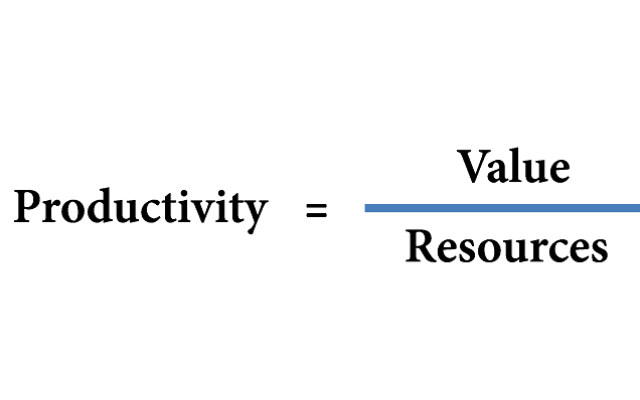This post is a continuation of our work on Business Transformation. The initial framework was described here. In this post, we delve a little deeper, but first we outline a short case study to provide a little context, before characterizing the changes that don’t deserve the transformation tag.
A Clearing Bank Case Study:
We know a major clearing Bank that had 75 Transformation Projects!! Wow—makes one really wonder whether the Bank could ever succeed in its bid to “transform itself”. OK, it’s a large bank, but 75 projects! All deemed transformational? Really?
When we probed a little more, we discovered that most of these projects were all about reducing costs, or fixing an underlying infrastructural challenge. I am sure that, given the litany of systems meltdowns over the last 10 years, the work was all needed, but would each change represent a “transformation”? Was each project a transformation, or were they just critical infrastructure projects that collectively could enable business transformation?
From the point of view of the Bank—the inside-out view—they really did need to work out how to fix some underlying systems and get the customer engagement basics right. Every minor business change required a lot of coordination to overcome the technology complexity behind the scenes, which in turn significantly impacted agility and caused customers to decamp.
And just like virtually every large bank you can think of, they had multiple processes for doing just about anything; and multiple management hierarchies, each with their own fiefdoms and metrics. It’s the same for most large businesses; the Bank had grown through M&A activity leading to a “patchwork quilt” of systems that were constraining their ability to adapt and evolve.
At least they had attempted to integrate the functions. Ultimately, they only needed and wanted one core accounting system. And rather than the multitude of payment systems that had grown up in different functions, they needed a central consistent way of handling money in and out. Moreover, at the business level, with so many different regimes for opening an account, engaging those functions into developing a coherent response to the challenges of Anti-Money Laundering (AML) regulations was just one of the many headaches faced by the organization.
So What Is Transformation?
If your project is about sorting out a silo, we would argue that this is probably not business transformation. Putting it more simply—using our Bank example as a backdrop—should all of these projects be considered as a “transformation projects”, or are they yet more “Band-Aids” designed to deal with symptoms of a deeper malaise; or are they really part of a wider “Wellness Program”?
Our point is that the language of change has become corrupted—when every change project is labelled as a “transformation” project, it just confuses the whole picture. With better definitions, we can all make better sense of the change spectrum.
As shown in the figure associated with the original broad framework, we developed the overall structure to provide an overarching approach that organizations use as they deploy individual methods and techniques that support the transformation initiative. Within that framework are three primary dimensions— innovation/value delivery/business model, culture/purpose/people/organizational, and finally technological.
It’s worth reiterating at this point, that this is a holistic framework—you really cannot focus on one aspect without considering the others. Travel too far on one dimension and the program will become lopsided and more prone to failure.
Excluded From The Transformation Framework
Before exploring navigation of our framework in detail, it’s worth considering the zero point—the types of changes that we consider outside the scope of the “transformation” label. It’s not that these types of projects are not valuable or viable; it’s just that they are not necessarily transformational in of themselves. They don’t move the needle for the customer—the value delivered, or the way the organization fundamentally operates.
Taking each dimension in turn, these types of projects just don’t make the grade:
- Value Delivery and Innovation. Reductionist platitudes abound in a great many projects that are described as transformation. If productivity equals value divided by resources, these scenarios are based around reducing the resources required for a given value delivery. For many organizations—like our large Bank—that also means simplifying the complexity of the business. Essentially the challenge is to work out how to reduce cost—usually in the form of permanent headcount (people)—yet maintaining the same value proposition. Customers don’t see much of a difference; all that happens is that the organization lifts its profitability and senior executives get a bigger bonus.
- Cultural-Organizational-People Change. Many organizations are often shuffling the deck chairs (on the Titanic). Here, the command and control mentality is still firmly in charge; there’s no cultural change or increase in trust. All that’s happening is the organization has come up with a new structure—a new “mechanism for apportioning blame”[i]—changing how to divvy up the roles and responsibilities. Indeed, in any organizational change, deciding who will control of which bits is often the first thing that incumbent managers will want to tie down. They’ve been busy climbing the corporate ladder and any changes to the structure are often fiercely resisted.
- Technological Depth. Implementing a new hardware or infrastructure-oriented software platform may enable other change efforts, but of themselves, they are not transformational. While this might sound innocuous enough, plenty of hardware vendors and software infrastructure vendors attempt to palm off their products as “transformation.” A new database management system is quite a breakthrough if you’ve never considered connecting multiple applications to a single shared source of data. Or if you had 144 different accounting systems in different parts of the world, adopting a single ERP accounting platform would enable you to close the books more quickly and cheer up the CFO no end.
The point is that there are plenty of change programs that are not transformational—they are not going to deliver any sort of sustainable benefit on the road to discover competitive advantage.
Have we missed any other types of faux transformations? Share your stories. If necessary, anonymize them, but do give us some meaningful context.
In the next few installments, we will explore the value/innovation and the related cultural/organizational dimensions, discussing the key techniques, before moving into the technological depth and attributes. These posts will provide much greater depth on the essential elements of transformation and links to associated resources and underlying research. Watch out for them in the coming weeks.
[i] Phrase attributed to Stafford Beer who was describing the functional structure of organisations.
Article by channel:
Everything you need to know about Digital Transformation
The best articles, news and events direct to your inbox
Read more articles tagged: Featured






